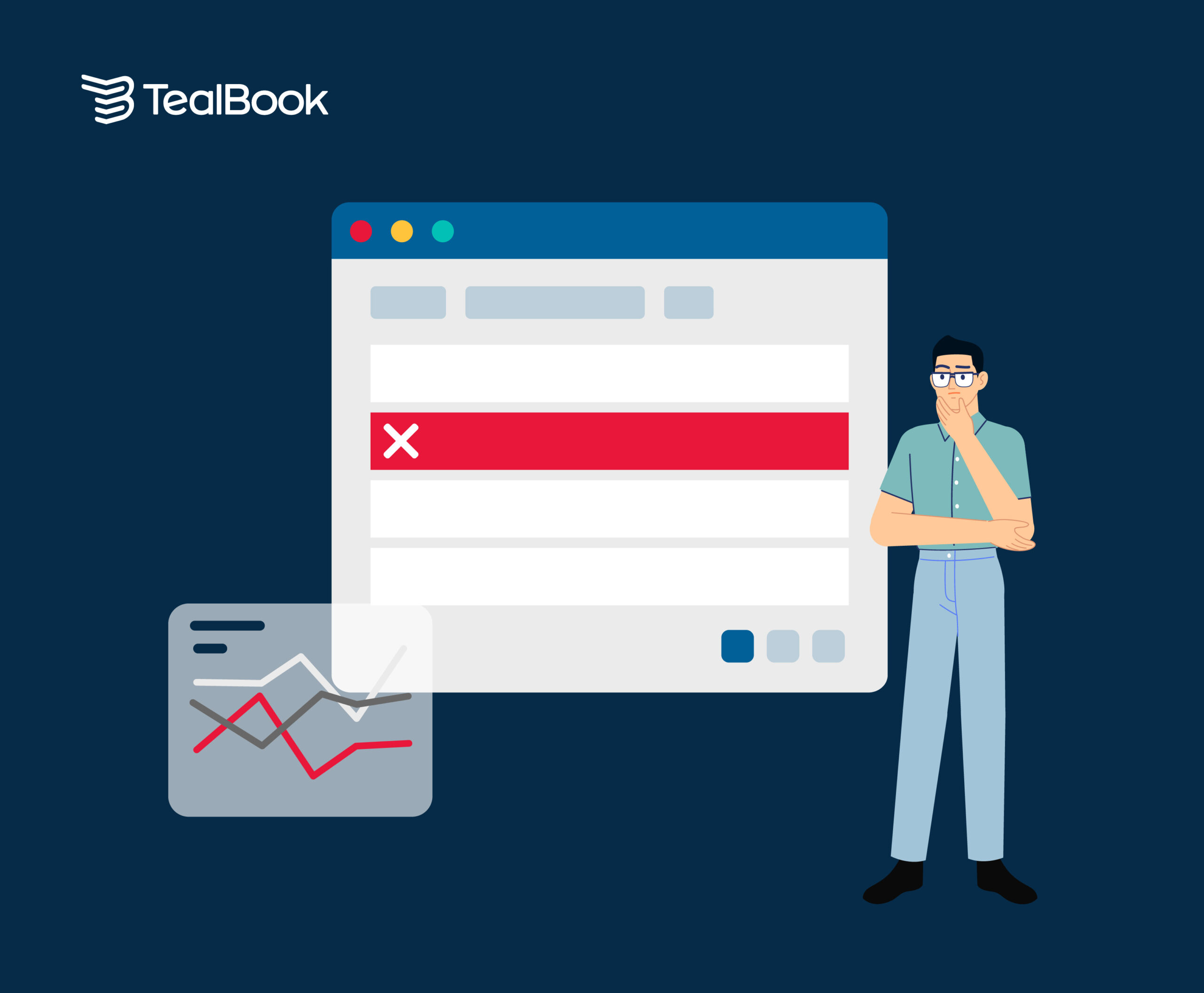Procurement leaders are no strangers to disruption. Natural disasters, geopolitical events, labor strikes and other interruptions can impact the efficiency of your procurement operation — and at some point over the past five years, each of these factors has taken a significant toll on the supply chain.
Some of these effects have been relatively short-term, such as the temporary bottlenecks caused by a container ship blocking the Suez Canal in 2021. Others have had longer-term ramifications. For example, the pandemic created longstanding issues within the supply chain, including material shortages, rising demand and skyrocketing shipping rates, which left many organizations unable to meet consumer needs. In 2023, procurement leaders still feel squeezed by an incredibly tight labor market and infrastructural parts shortages.
How can procurement leaders proactively navigate current and future logistic disruptions? Let’s discuss leading strategies for improving agility in the face of supply chain disruptions.
Develop contingency plans
Agility in the procurement department requires forethought and advance planning. But to generate shipping forecasts, create project roadmaps and anticipate supplier fallthrough, you must first improve visibility into your supply chain. By evaluating your current suppliers’ capabilities, inventory levels and vulnerabilities, you’ll better understand when alternative suppliers, materials or options may be necessary.
Procurement leaders should identify which suppliers rely on what carriers and create a preemptive proposal to divert shipments from those suppliers to an alternative service, such as UPS, FedEx, DHL or other regional providers.
Diversify your supplier base
Nearly all procurement leaders (99%) agree that supplier diversity is critical to innovation and business success, according to TealBook research. Leaders who act to improve their diversity now will fare much better than their competition during a crisis. According to industry research, procurement operations with a diverse carrier mix will outperform competitors if a strike occurs and be better positioned to navigate shipping delays and inventory shortages.
During non-turbulent times, a diverse mix of suppliers drums up competition, leading to more advantageous contracts. But during a crisis, diversity in your suppliers can make the difference between sinking and swimming.
Build robust relationships with suppliers
Strong supplier relationships are the bedrock of a successful procurement strategy. Understanding the challenges your suppliers face — and their plans to navigate those hurdles — will equip your organization for success, especially if a crisis occurs. To facilitate better relationships, engage in open conversations with your suppliers about their modus operandi and work together to develop joint risk mitigation strategies.
It’s also important to remember that your suppliers’ business is also your business. Procurement leaders are responsible for tracking their tier-two and tier-three suppliers to ensure they align with various environmental, social and governance (ESG) principles. But keeping tabs on your downstream suppliers can benefit you in other ways, too. For example, a deeper understanding of your tier-two suppliers may grant foresight into possible disruptions within your own supply chain — before they occur. Anticipating these disruptions is pivotal for avoiding mission-critical interruptions.
Leverage improved supplier data
Good supplier data is essential to unlocking business agility. Why? Because quality supplier data facilitates each of the previous strategies for navigating disruption:
- Contingency plans — When leaders can access real-time, reliable supplier data, they know which suppliers are struggling, when and why. This knowledge enables them to make informed decisions about pivoting during a crisis. Furthermore, good supplier data allows leaders to read the writing on the wall, lending insights into market opportunities.
- Supplier diversification — Leaders equipped with reliable supplier data can make better decisions about which additional suppliers to contract with. Moreover, access to this data can even empower leaders to create contracts that better suit their needs.
- Strong suppliers relationships — Updated data about tier-two and tier-three suppliers allows procurement leaders to understand their operations’ downstream impacts.
Procurement leaders seeking greater visibility into their supply chain and potential vulnerabilities must consider adopting a reliable supplier data source. Ideally, this source should be habitually up-to-date, like a supplier data foundation. TealBook’s Supplier Data Platform is a supplier data foundation is powered by artificial intelligence (AI), which means all its supplier information is consistently updated. By eradicating the need for manual processes, the TealBook platform ensures that data never falls out of date.
Interested in learning more about TealBook’s Supplier Data Platform and its ability to improve agility during disruption? Click here to get started.

